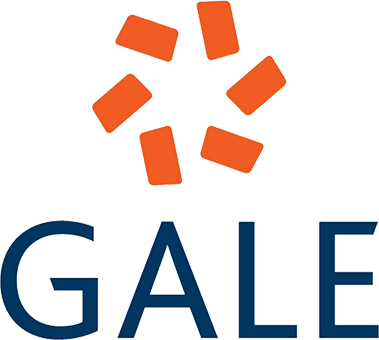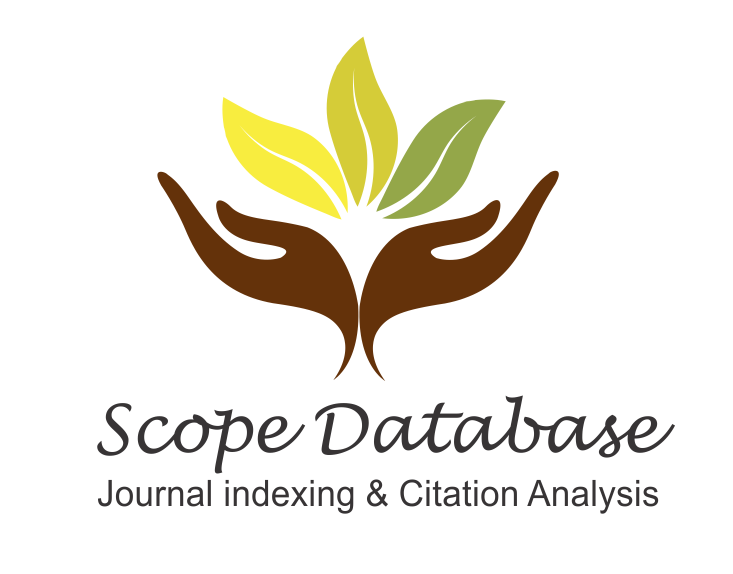Volume: 14 Issue: 4 - 2007
| RESEARCH ARTICLE | |
| 1. | Our experience in 108 consecutive Nissen-Rossetti Fundoplication Fatih Tunca, Levent Avtan, Yasemin Giles, Serdar Tezelman, Tarık Terzioğlu, Cavit Avcı Pages 183 - 188 INTRODUCTION: The aim of this study is to present our experience on Nissen-Rossetti fundoplication in patients with gastro-oesophageal reflux disease. METHODS: The medical records of 108 consecutive patients underwent Nissen- Rossetti fundoplication for gastro-oesophageal reflux disease between May 2006 to May 2008 were evaluated. Age, sex, preoperative sypmtoms,endoscopic findings, Ph monitorisations and Visick scales of the patients were evaluated. RESULTS: The mean age of the patients was 43±12.6 years. The female-male ratio was 0.9/1 [ 51(46.8%) / 57 (53.2%)]. 102(93.6%) patients had heart burn, 99 (90.8%) patients had regurgitation and 38 (34.8%) had respiratory symptoms (Chronic pharyngitis). The mean symptom period was 4.4 ± 2.1 years and the mean medication time was 3.6±1.7 years. All patients (100%) were underwent oesophago-gastroscopy and 80 (74.1%) patients without hiatal hernia underwent 24 h Ph monitorisation. The mean De-Meester score was 25.2±3.2. The mean operation time and the mean hospital stay were 51.3±15.9 min and 25.2±4.6 hours respectively. Of 108 patients 37 (34.2%) revealed excellent, 68 (62.9%) revaled good and 3 (2.8%) revealed fair satisfaction at the 3rd month after the operation. DISCUSSION AND CONCLUSION: Although it has similar outcomes as classic Nissen fundoplication, Nissen-Rossetti operation is an easier way to perform 360 fundoplication with a shorter operation time and lower complication rates. |
| 2. | Laparoscopic sleeve gastrectomy for morbid obesity Ahmet Tekin, Zekai Ögetman, Serdar Epözdemir Pages 189 - 195 INTRODUCTION: Laparoscopic adjustable gastric banding is the most popular restrictive procedure for morbid obesity. Single-stage laparoscopic sleeve gastrectomy (LSG) may present an additional surgical option for morbid obesity. METHODS: We performed a retrospective review of a prospectively maintained database of LSG performed from March 2005 to July 2007 as a one-stage primary resrictive procedures. Mean age was 35.2 years, preoperative weight was 132±16 kg (118 to 178 kg), and preoperative BMI was 46.0±6.4 kg/m2 (38.3 to 51.8). Co-morbidities were present in 9 patients (39.1 %). Five trocars are used. Division of the vascular supply of the greater gastric curvature is begun at 7 cm proximal to the pylorus, proceeding to the angle of His. A 36-Fr calibrating bougie is positioned against the lesser curvature. The LSG is created using a linear endo-stapler-cutter device. RESULTS: Operative time was 112±16 min (range 86-138), and length of hospital stay was 5±1 days.. Intraoperative difficulties were observed in 3 patients. Volume of the resected specimen was 760±55 ml and capacity of the gastric remnant was 108.5±25 ml. There was no conversion to open surgery. There were no anastomotic leakage, no stricture and no mortality. A hemorrhage from the staple-line occurred in one patient in the postoperative period. At 6 and 12 postoperative months, BMI was 35.8 ± 5.4 kg/m2 and 33.2±5.1 kg/m2 respectively. In the 13 patients who have reached 1 year follow-up, %excess BMI loss reached 75.2±0.7%. Most of the medical diseases associated with the obesity resolved after 6 to 12 months. DISCUSSION AND CONCLUSION: LSG could be an alternative operation for morbid obesity. It is easy to perform, safe, and has with a lower complication rate than other bariatric operations. Further studies are necessary for the clinical results at long-term follow-up. |
| 3. | The role of endoscopic band ligation in eradication of esophageal varices and in management of acute variceal bleeding Hasan Bektaş, Yavuz Selim Sarı, Oğuz Koç, Feyzullah Ersöz, Özhan Özcan, Kerim Özakay, Vahit Tunalı Pages 196 - 204 INTRODUCTION: To investigate the efficacy of endoscopic band ligation in esophageal variceal eradication and treatment of acute bleeding. METHODS: 136 patients having acute and previous esophageal variceal bleeding were evaluated retrospectively between June 2001 and April 2008. The patients were called to the hospital with 7-21 days intervals until eradication was achieved. Afterwards the patients were called to the hospital with one month, 3 months and 6 months intervals after the eradication was achieved and endoscopically controlled every six months and followed 12 months. RESULTS: 136 patients, 44 female and 92 male, were included in this study for esophageal variceal eradication with band ligation. The mean age of the patients was 55.4 (19-82) and the patients were followed for 37 months (12-94) months. Totally 192 band ligation procedure was performed in 136 patients. Although eradication was achieved with single procedure in 100 patients, it was necessary to perform band ligation twice in 21, three times in 11, four times in 3 and five times in 1 patient. The avarage number of band ligation procedure for eradication was 1.4. Total number of bands used was 643 and 4.72 +- 3.38 for each patient. 44 patients (%32) were subjected to additional band ligation because of repetative active bleeding during the extended follow-up period. Tracheal aspiration developed in one patient during the procedure and it was terminated. No other patients developed major complications. Totally twelve patients (%7.3) developed ulcer formation in the band ligated area. 35 patients subjected to esophageal variceal eradication died during the followup period (%25.7). DISCUSSION AND CONCLUSION: We believe that esophageal band ligation is a safe and quick procedure in experienced hands and it is useful both in management and prophilaxy with its low recurrent bleeding rate and complications. |
| REVIEW | |
| 4. | Technique of Laparoscopic Intraoperative Cholangiography During Laparoscopic Cholecystectomy Fatin Rüştü Polat, Ilker Abcı, Irfan Coşkun Pages 205 - 209 Operative cholangiography during laparoscopic cholecystectomy is an effective technique which can be performed laparoscopically by biliary tract surgeon for identifying biliary anatomy and find out the occult bile duct stones. There are two techniques of laparoscopic cholangiography: cystic duct cannulation and cholecystocholangiography. We described this two techniques in our article. |
| CASE REPORT | |
| 5. | Laparoscopic Adrenalectomy in an Achondroplastic Obese Patient Neşet Köksal, Ediz Altınlı, Aziz Sümer Pages 210 - 212 In this article, we report a unique obese achondroplasic Cushings syndrome case successfully treated by laparoscopic approach, which has not been published in the literature. A 40- year-old female dwarf patient having Cushings syndrome with BMI: 33 had treated by laparoscopical transperitoneal adrenelectomy by inferio-lateral insertion of trochars than the conventional laparoscopic approach (Fig.1). The post-operative period was uneventful and the patient was discharged at the fourth post-operative day. The patient does not have any complaint after a follow up of 16 months and her BMI was decreased to 25, 9 (Fig.2). The case is the first reported laparoscopic treatment in obese and achondroplasic patient for Cushings syndrome. Laparoscopic approach can be recommended and also being performed safely in dwarf patients. Their small body habitus and additional structural deformities are not contraindications for laparoscopic interventions. |















